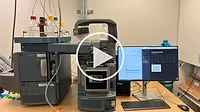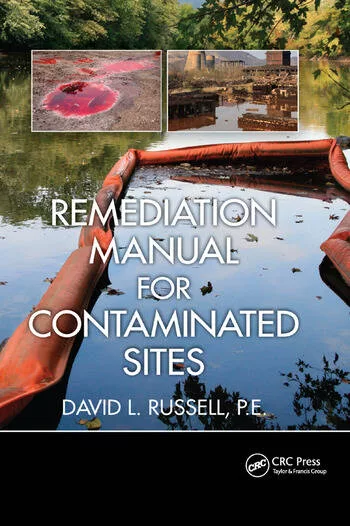Video: Ovivo Presents PFAS Destruction Solution with Foam Fractionation and Electro Oxidation
Process occurs between reverse osmosis concentration step and the granular activated carbon step to allow for on-site, affordable #PFASdestruction at #WaterTreatment plants
PFAS destruction company Ovivo is treating reject water from a drinking water plant in a pilot-scale project, successfully destroying PFAS without creating waste that then would require expensive handling. They are in the process of commercializing their two-step foam fractionation and electro oxidation process.
“The poster itself that we'll be presenting is related to coupling foam fractionation along with electrochemical oxidation, or electro oxidation, for the full and complete on-site removal and destruction of PFAS,” said Tom Whitton, business development manager of PFAS solutions at Ovivo.
Ovivo has been located in Northern Alabama, at the West Morgan, East Lawrence Water and Sewer Authority, for several years now. “We’ve been testing a variety of flow sheets, process flow diagrams, to be able to offer this solution,” Whitton added.
Referring to their pilot project site, Whitton said: “They have PFAS in their surface water, the Tennessee River. They do have reverse osmosis unit in place, and they also have a granular activated carbon, which treats the rejected or the concentrate water from the reverse osmosis.”
“The problem, and this is true for many remediation applications, is that you will capture the PFAS on a media such as a granular activated carbon or a resin, and then you're going to dispose of that granular activated carbon or that resin,” Whitton added. “Currently, right now, you could dispose of that in a landfill, or you could send it to a waste to energy facility. But the challenge around that is that you are just displacing the PFAs problem.”
Ovivo’s developing commercial package will be able to destroy PFAS from 1.6 million gallons per day, with a proof of concept that can be carried over to other PFAS-laden waste streams.
“This poster highlights our work, where we've been able to take that reverse osmosis concentrate, applying our ozone foam fractionation approach to concentrating up that PFAS, putting the most PFAS in the tiniest volume of water possible, to then applying our approach for on-site PFAS destruction, to then break down the PFAs as much as possible,” Whitton concludes. “This poster is really a case study around how this is a cost-effective solution for a drinking water plant. But of course, this could be repeated for multitude of water matrices.”
To learn more, go to pfas.ovivowater.com.





